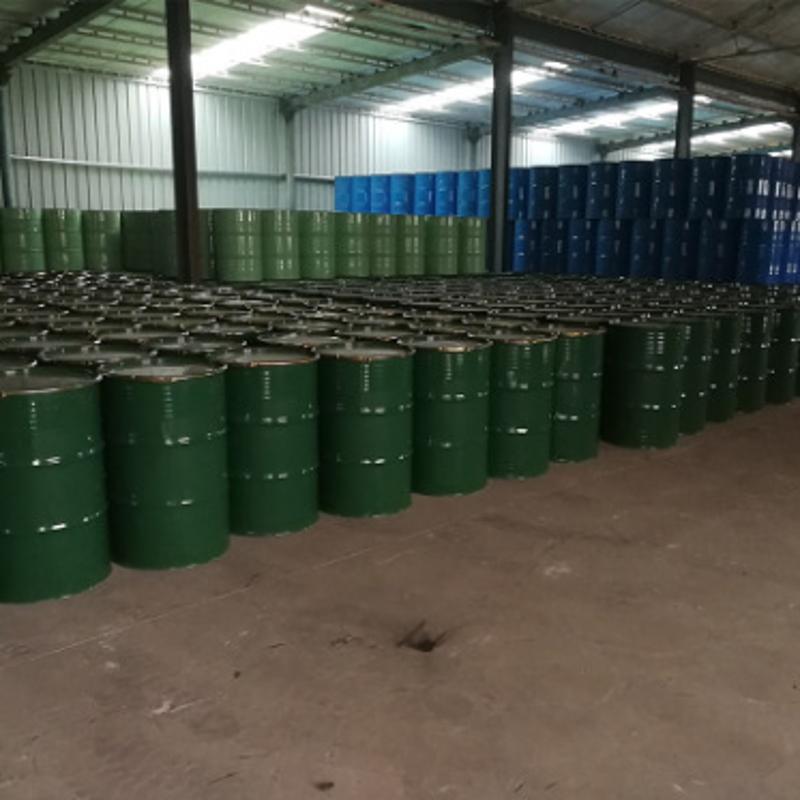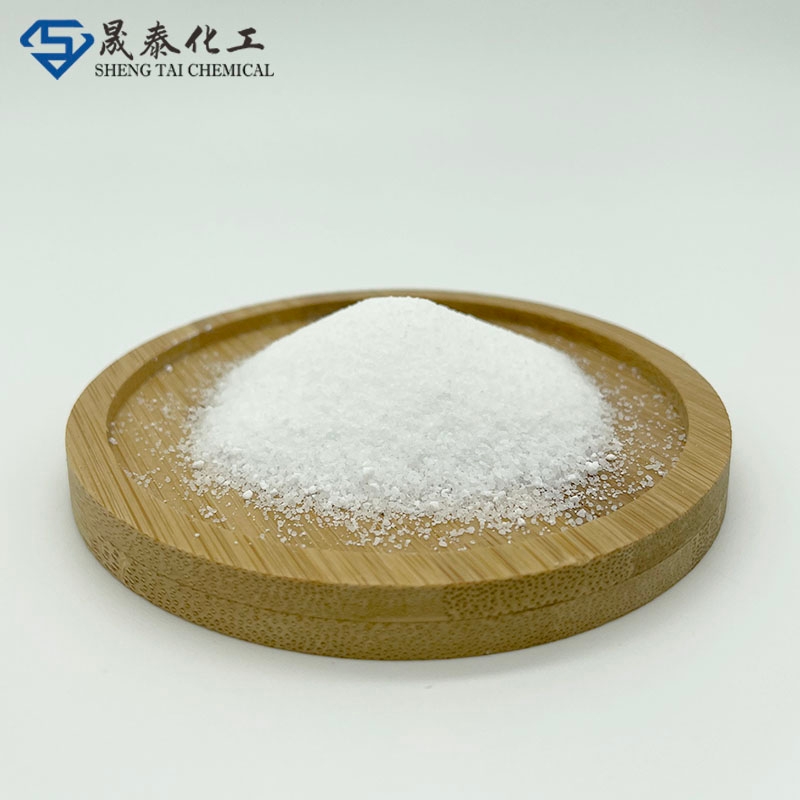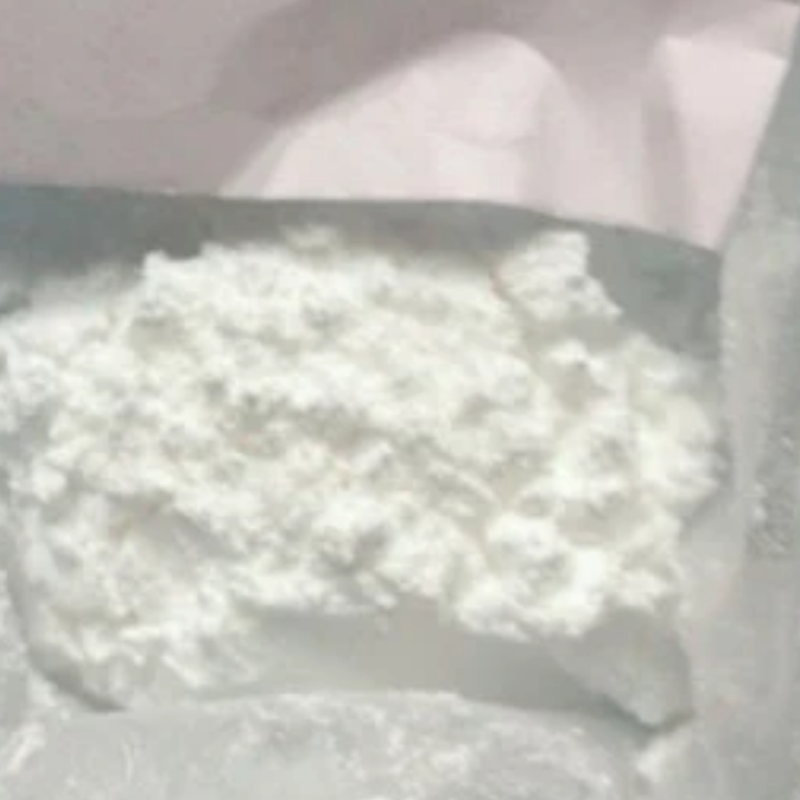-
Categories
-
Pharmaceutical Intermediates
-
Active Pharmaceutical Ingredients
-
Food Additives
- Industrial Coatings
- Agrochemicals
- Dyes and Pigments
- Surfactant
- Flavors and Fragrances
- Chemical Reagents
- Catalyst and Auxiliary
- Natural Products
- Inorganic Chemistry
-
Organic Chemistry
-
Biochemical Engineering
- Analytical Chemistry
-
Cosmetic Ingredient
- Water Treatment Chemical
-
Pharmaceutical Intermediates
Promotion
ECHEMI Mall
Wholesale
Weekly Price
Exhibition
News
-
Trade Service
original title: the formula often appears in the "thickenant, gel" , what is each refers to? There's a wool difference? (Packed and downloadable)tip
:
thickener VS gelarticle
)today share "thickener, gel", a variety of formulations often appear in the two types of materials, perhaps you get dizzy by them, what gilidine, NH pectin, guar gum and other balabala ... Get them right, see what they're all about, and then take them all the way one by one!ayht ☜
Today's Theoretical Knowledge Download
Extract codethickener vs gelthe easiest way to increase the consistency is to add materials that are thick or gelding themselves. For example, we commonly used cream, sour cream, cheese, cheese, jam, jelly, jelly, fruit, thick syrup, etc. have a "thickening" nature, of course, the role of these materials is not only thickening, but also to increase the flavor of the product, change the appearance, and help to improve the nutritional value of the final product.other materials are specifically or mainly used for thickening and gel use, adding these thickeners or gels to the mixture (e.g. fillings, gonorrhea, cream, etc.) that act by absorbing or capturing large amounts of water.eggs are actually the most commonly used thickeners and geldings in baking, and eggs can be used in a variety of products for a variety of reasons. In addition to adding ingredients, there are other ways to thicken the material or form a gel. For example, the formation of emulsions or foams provides a thickening effect, sometimes by gel. That's why the cream/light cream is thicker than the milk, and when the cream is mixed, it creates a foam, a process that makes it thicker and thicker, and the more the cream is stirred, the stronger the foam becomes (and, of course, it collapses if overblown), and these changes do not require any thickener to achieve the effect.thickening and gelling process thickeners and gels (e.g. gilidine/gelatin, plant glue, starch, etc.) have a common characteristic: they are made up of very large molecules, some of which are made up of polysaccharides, such as starch and plant gum, and some proteins, such as gilidine/gelatin.polysaccharides are very large molecules made up of many monosaccharide molecules. A single polysaccharide molecule is made up of thousands of monosaccharide molecules. Polysaccharides are sometimes made up of the same monosaccharide molecule, and sometimes a mixture of two or more different types of monosaccharides. The difference between one polysaccharide and another polysaccharide is the type, the appropriate amount and the way in which it is connected - starch molecules are made up of glucose, chrysanthemum powder is made up of fructose, in addition to the type of sugar is different, starch and chrysanthemum powder contains a different number of monosaccharides molecules, starch is composed of thousands of monosaccharides, and chrysanthemum is only composed of 60 monosaccharides, starch than chrysanthemum powder thickening and gelning better.protein, a very large molecule made up of many amino acids. A single protein molecule is made up of thousands of amino acids. Proteins are made up of more than 20 common amino acids. The difference between proteins is the number of these amino acids in protein molecules and the way they are arranged.when the thickener acts, the water and other molecules or particles in the mixture move very slowly. This occurs when macromolecules such as polysaccharides and proteins collide and are loosely entangled. Thickening also occurs when water is absorbed and captured by dissolved starch particles, or when bubbles/foams or fats (emulsions) slow down the movement of water.gelization occurs when water and other molecular movements in the product are blocked - when certain macromolecules such as polysaccharides and proteins bind or are tightly entwined with each other, gelization occurs, forming a huge network of captured water and other molecules. Although it may appear to be solid, the gel is actually still liquid. In fact, some gels (such as agar) work very well, and gels can be formed even if the water content in the product is more than 99%.some materials have both thickening and geling, that is, a small amount of thickening, a large amount of time to play a geling role (such as gilidine / gelatin, corn starch and pectin), other ingredients only thickening, no matter how much will not have a geling effect, will only make the mixture become more and more viscous - such as guar gum, arabic gum and corn starch.a little episode , yesterday's recipe, if you miss, poke through the
responsibility editor:
.







